



A group of fishermen in Florida were left scratching their heads at the sight of several strange-looking clouds that appeared to be alien in nature. The peculiar incident reportedly occurred last week off the coast of Key West. Capturing the curious scene on film, one of the witnesses can be heard exclaiming “look at these clouds, what is going on” as he spans across the sky showing around seven of the circular formations that somewhat resemble classic flying saucers.
The group subsequently posted the footage online in the hopes that someone could identify the puzzling phenomenon that they witnessed that day. While many viewers jokingly suggested that the anomalies were cloaked extraterrestrial craft, the fishermen were not actually in danger of being abducted by aliens as there is a meteorological explanation for what manifested in the sky. What the group witnessed was, in fact, a weather phenomenon known as a ‘punch hole cloud’ which occurs when planes passing overhead distribute ice crystals that interact with the atmosphere and create the alien-looking formations.
A fallstreak hole (also known as a cavum, hole punch cloud, punch hole cloud, skypunch, cloud canal or cloud hole) is a large gap, usually circular or elliptical, that can appear in cirrocumulus or altocumulus clouds. The holes are caused by supercooled water in the clouds suddenly evaporating or freezing, and may be triggered by passing aircraft.
Because of their rarity and unusual appearance, fallstreak holes have been mistaken for or attributed to unidentified flying objects.

Rare footage captured one of the largest groups of spinner dolphins ever filmed, known as a megapod, hunting flying fish in the Pacific Ocean off Costa Rica as part of PBS’s “Spy in the Ocean” nature miniseries. The team used a “spy dolphin” equipped with a camera and an animatronic bird drone to infiltrate and observe the dolphins. Known as the acrobats of the dolphin world, spinner dolphins can leap over 10 feet high out of the water and spin seven times in a single jump. The megapod communicated through clicks and whistles, and the gathering covered an extensive area both on the surface and underwater, consisting of thousands of dolphins at its peak. The use of spy cameras on animatronic animals provided a unique perspective on the dolphins’ behavior without disrupting them with large, obtrusive cameras.

Seven Sisters Waterfall Norway

Baatara Gorge Waterfall Lebanon

Dettifoss Waterfall Iceland, yes this is the one from the movie Prometheus.

Dietan Waterfall, on the border of China and Vietnam

Paradise in the Grand Canyon, USA

Glacial waterfall in Greenland

Waterfall and isolated beach in Hawaii

Iceland

Train bridge over a waterfall in Letchworth State Park, New York

Migus Mill North Carolina. An aqueduct was built to power a corn mill.

Nepal

Norway

Pearl Waterfall, China

Strange moss waterfall in Romania

Seljalandsfoss Waterfall, Iceland

Tibet

Waterfall of the Gods, Iceland

Zion National Park, Utah
The biggest dust storm in living memory rolls into Phoenix on July 5, 2011, reducing visibility to zero. Desert thunderstorms kicked up the mile-high wall of dust and sand.
Fortified by a levee, a house near Vicksburg survives a Yazoo River flood in May 2011. Snowmelt and intense rains—eight times as much rainfall as usual in parts of the Mississippi River watershed—triggered floods that caused three to four billion dollars in damages.
Lightning cracks during an eruption of Iceland’s Eyjafjallajökull volcano in 2010.
The eruption of Hawaii’s Kilauea volcano inspires the formation of a waterspout in this undated photo.
A Lake Michigan lighthouse takes the brunt of a frigid winter in Saint Joseph, Michigan.
A funnel cloud rips through a trailer park near Cheyenne, Wyoming, in this undated photo. The photographer snapped this shot from a quarter mile away before taking cover in his basement.
A waterspout parallels a lightning strike over Lake Okeechobee in Florida. A sister of the tornado, waterspouts are generally less powerful.
A tornado heads toward two cars on a country road near Campo, Colorado.
In a dramatic display of summer atmospheric conditions, lightning marks the end of an impressively long shelf cloud in the Midwestern U.S.
Dark clouds loom over a beach on Grand Cayman Island.
Landslide rubble buries a car in northern India’s Doda district in 2011. The devastating erosion was the result of a downpour that washed soil, rocks, and other debris onto the Doda-Batote highway.

Nature inFocus describes itself as “a photo-led exploration into India’s wilderness – a definitive platform for sharing stories and photography that enables relevant knowledge-sharing and curation for everything nature.” Its competition received 24,000 images from more than 1,500 entrants.
Winners are chosen in the categories of Animal Behaviour, Animal Portraits, Conservation Focus, Creative Nature Photography, Wildscape & Animals in Their Habitat and Photographer of the Year – Portfolio.
Here is a selection of the winning entries.
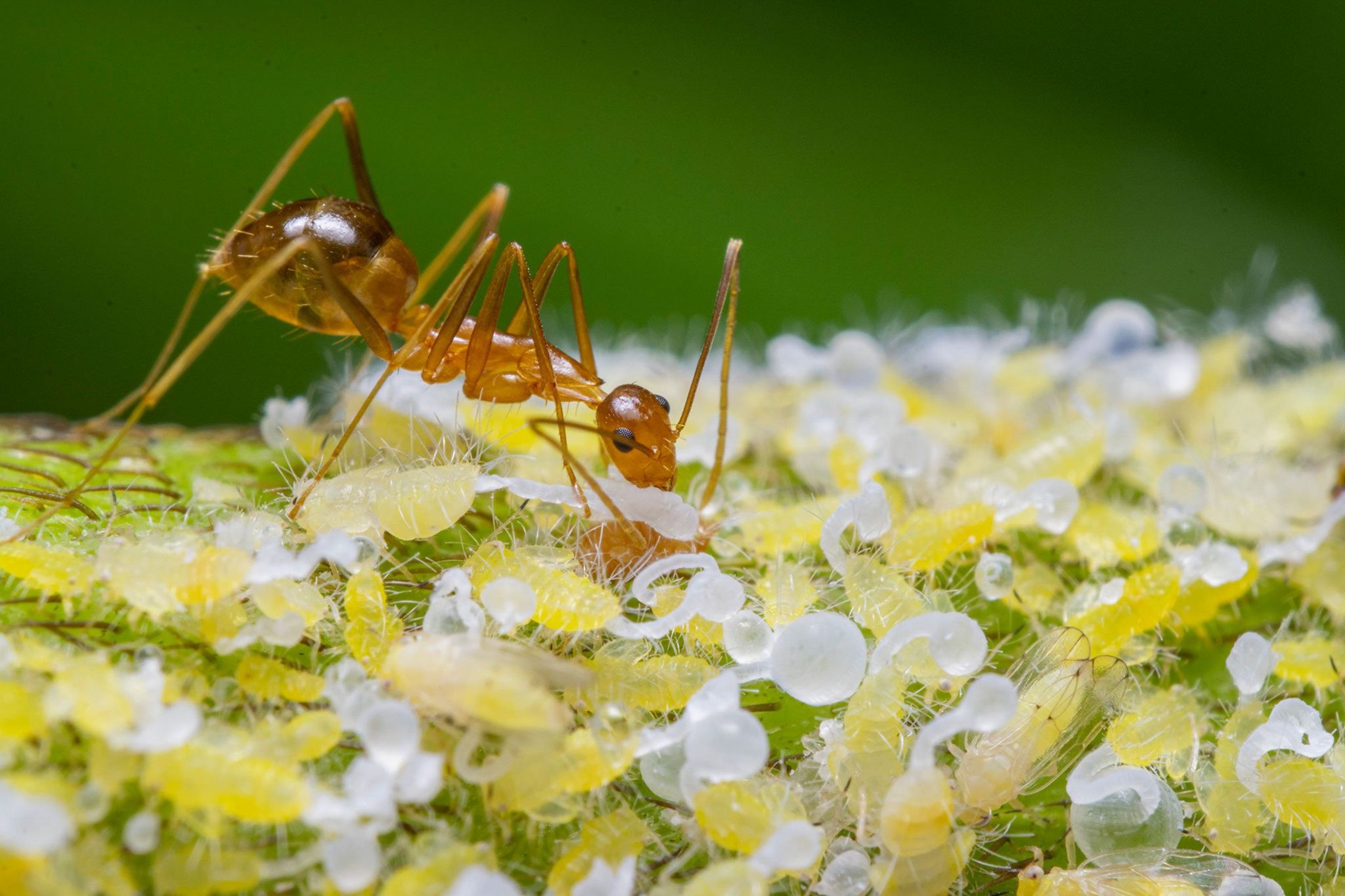
Avinash PC triumphed for this shot of an ant and some honeydew-secreting aphids in Kannur, Kerala, India.
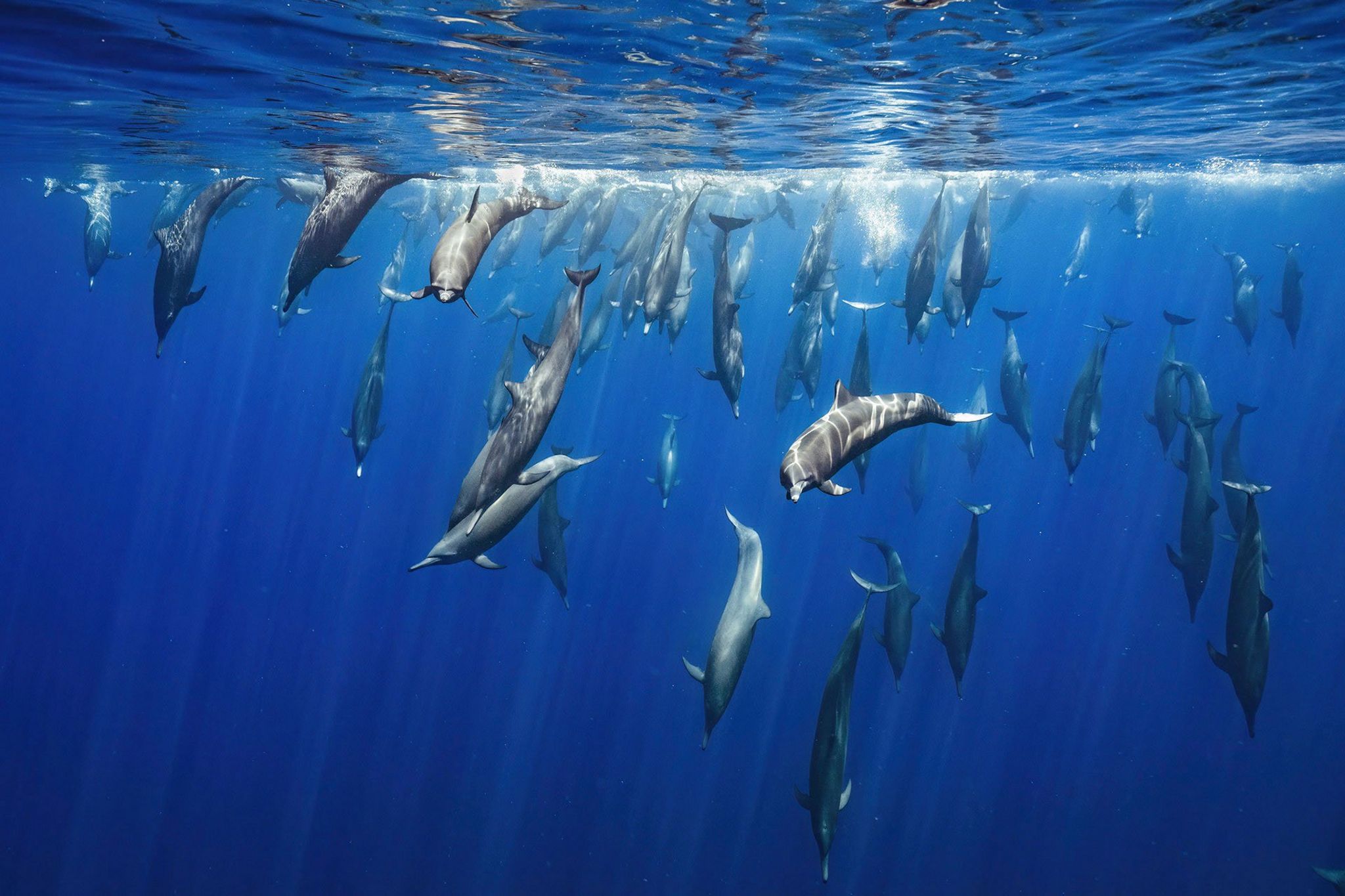
A special mention went to Spanish photographer, Merche Llobera, for this image of a pod of spinner dolphins in the waters of the Pacific Ocean, near Costa Rica.
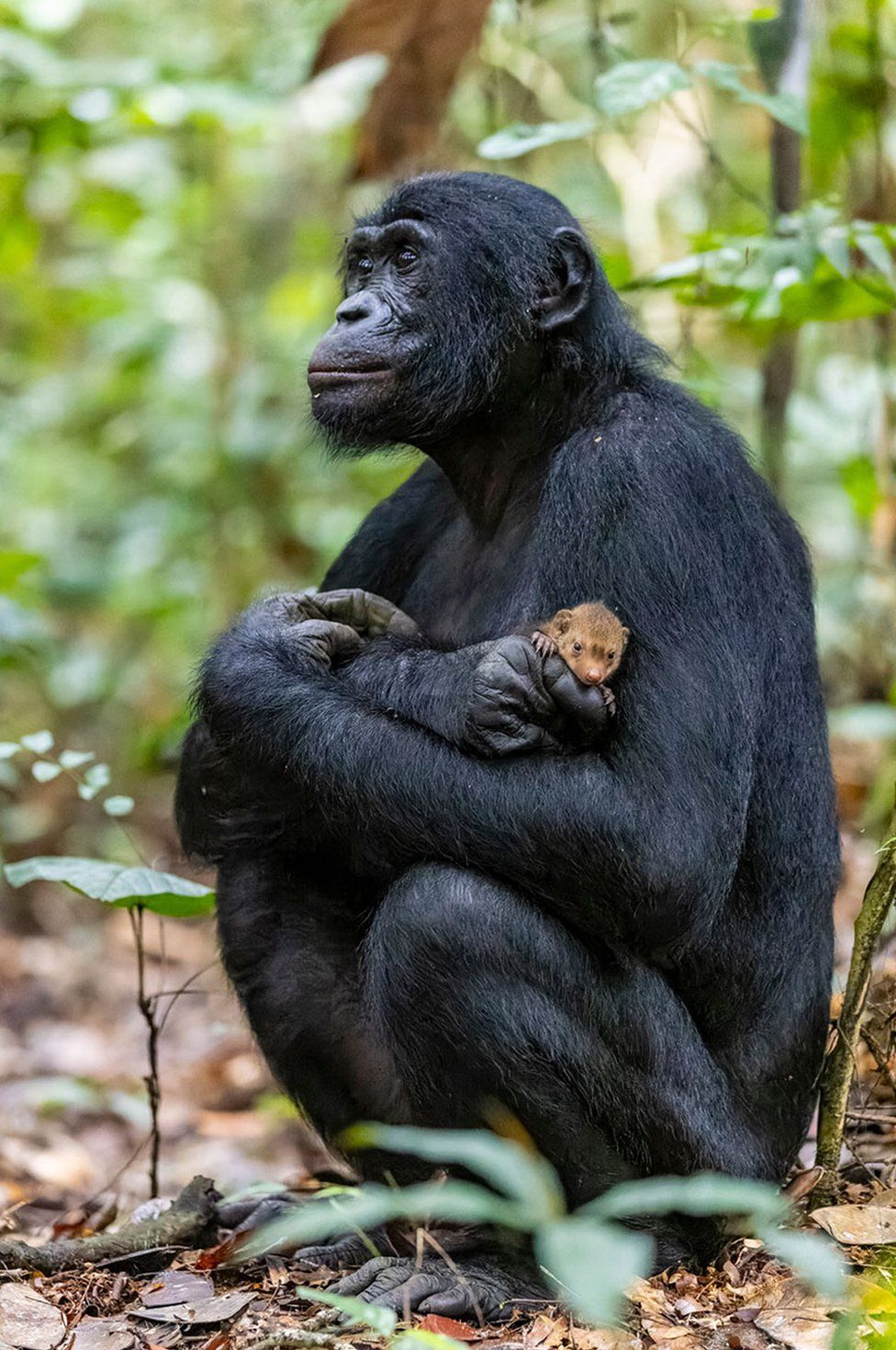
Christian Ziegler’s image of a bonobo holding a mongoose pup was taken in LuiKotale, near Salonga National Park, Democratic Republic of the Congo.
The ape later released the animal unharmed.
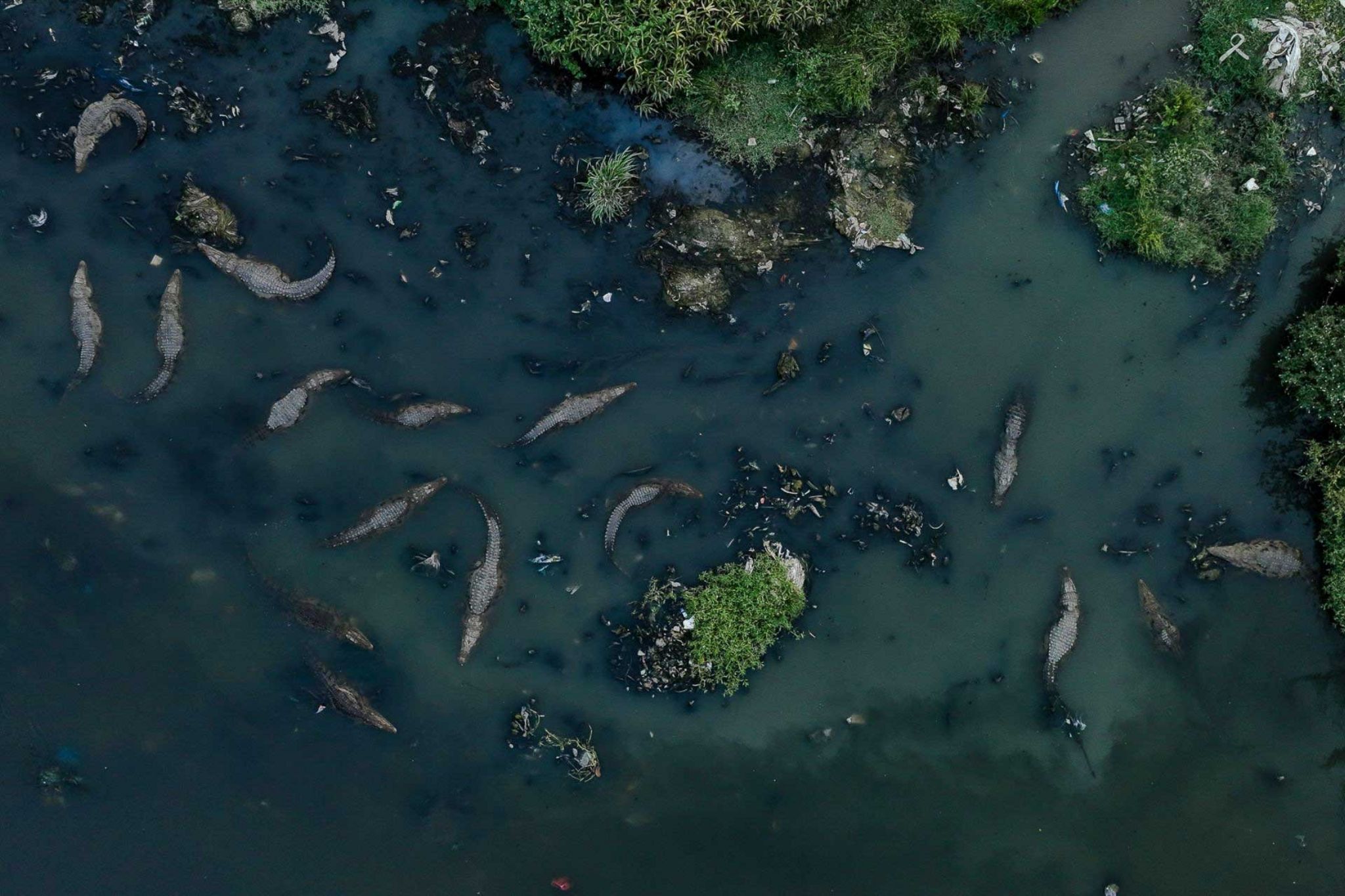
Hiren Pagi’s photograph aims to highlight the conditions in which crocodiles coexist with humans.
The river, near Vadorara, Gujarat, India, has become cluttered with rubbish, causing a threat to their habitat and polluting the water.
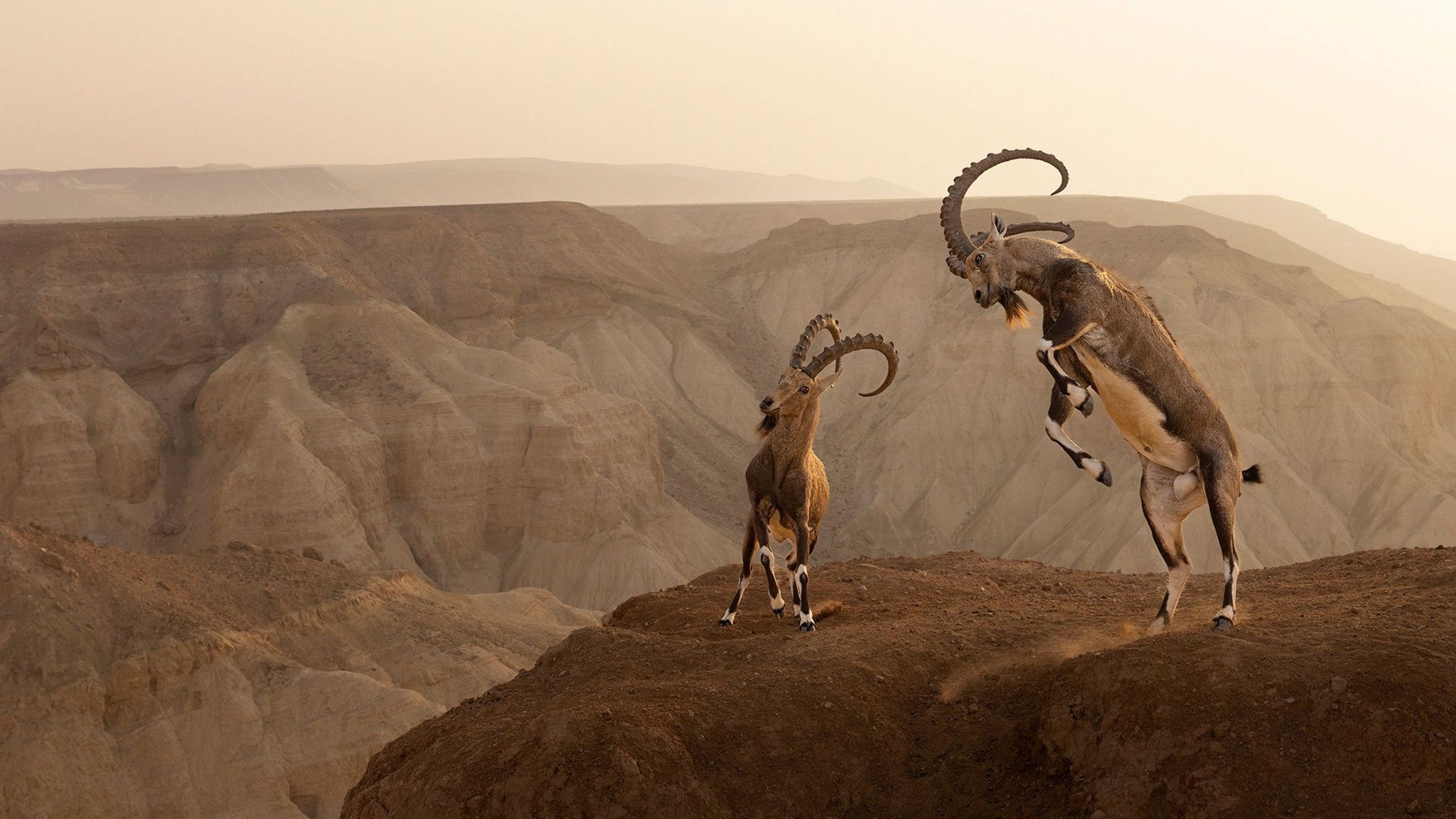
For Nubian Ibexes, the high-altitude rocky terrains are home.
Displays of dominance begin with showing off their impressive horns, captured in this shot by Amit Eshel in the Zin Desert, Israel.
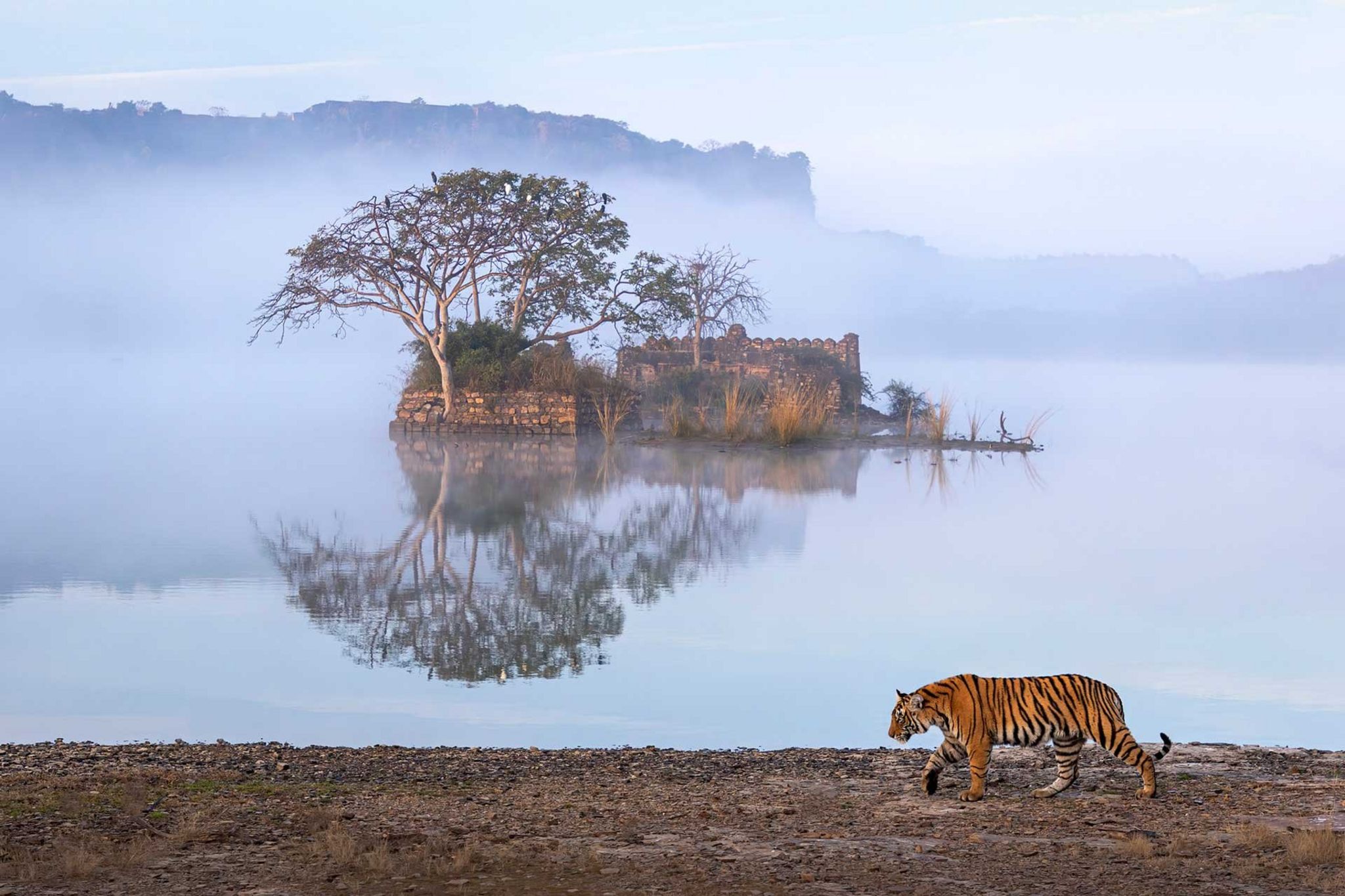
A special mention went to Amit Vyas for this picture of a tiger in Ranthambore National Park, Rajasthan, India.
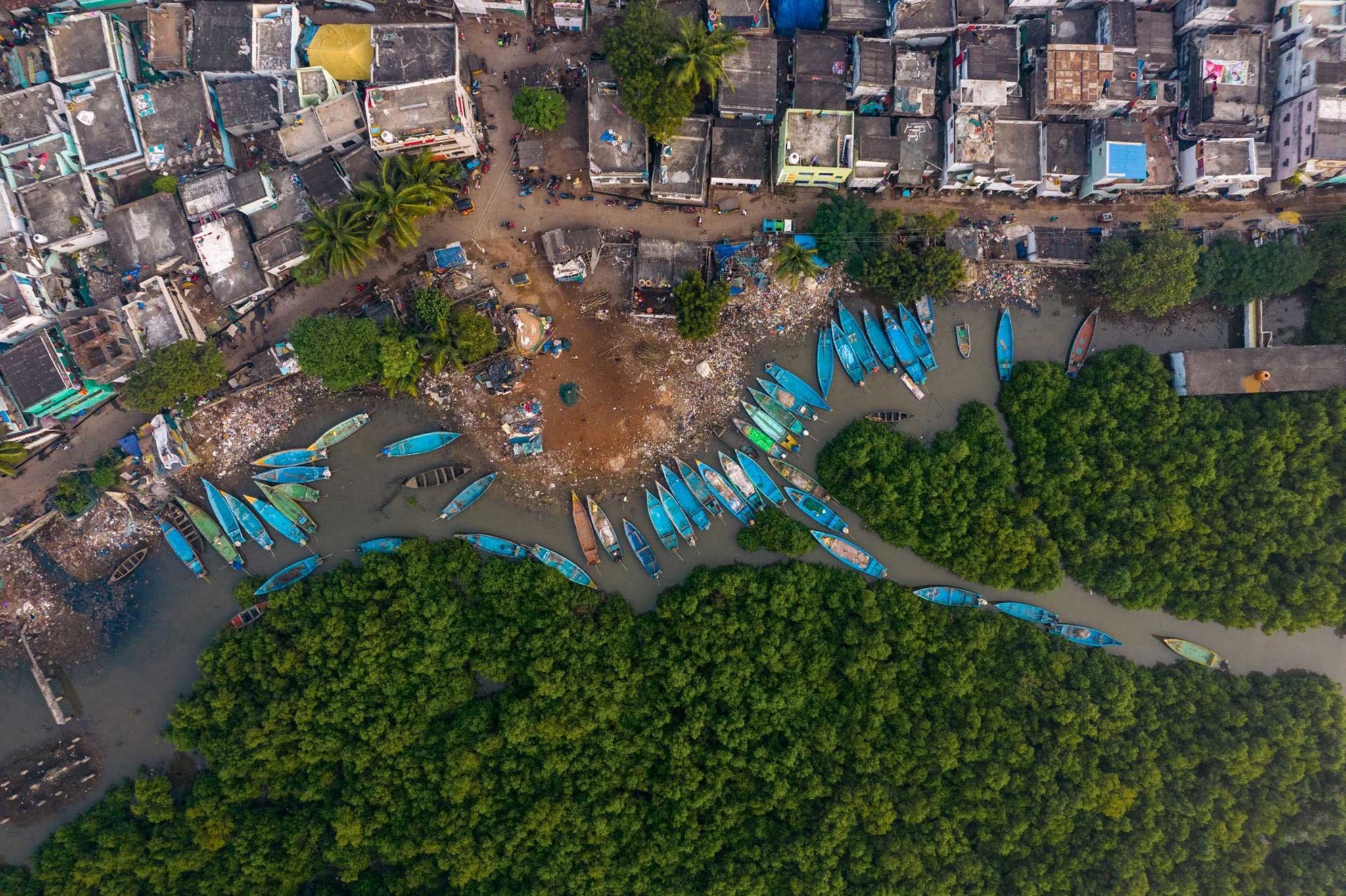
Srikanth Mannepuri’s winning portfolio documents the threat to mangrove forests, and the vast diversity of fish, bird and reptile species which populate the habitat.
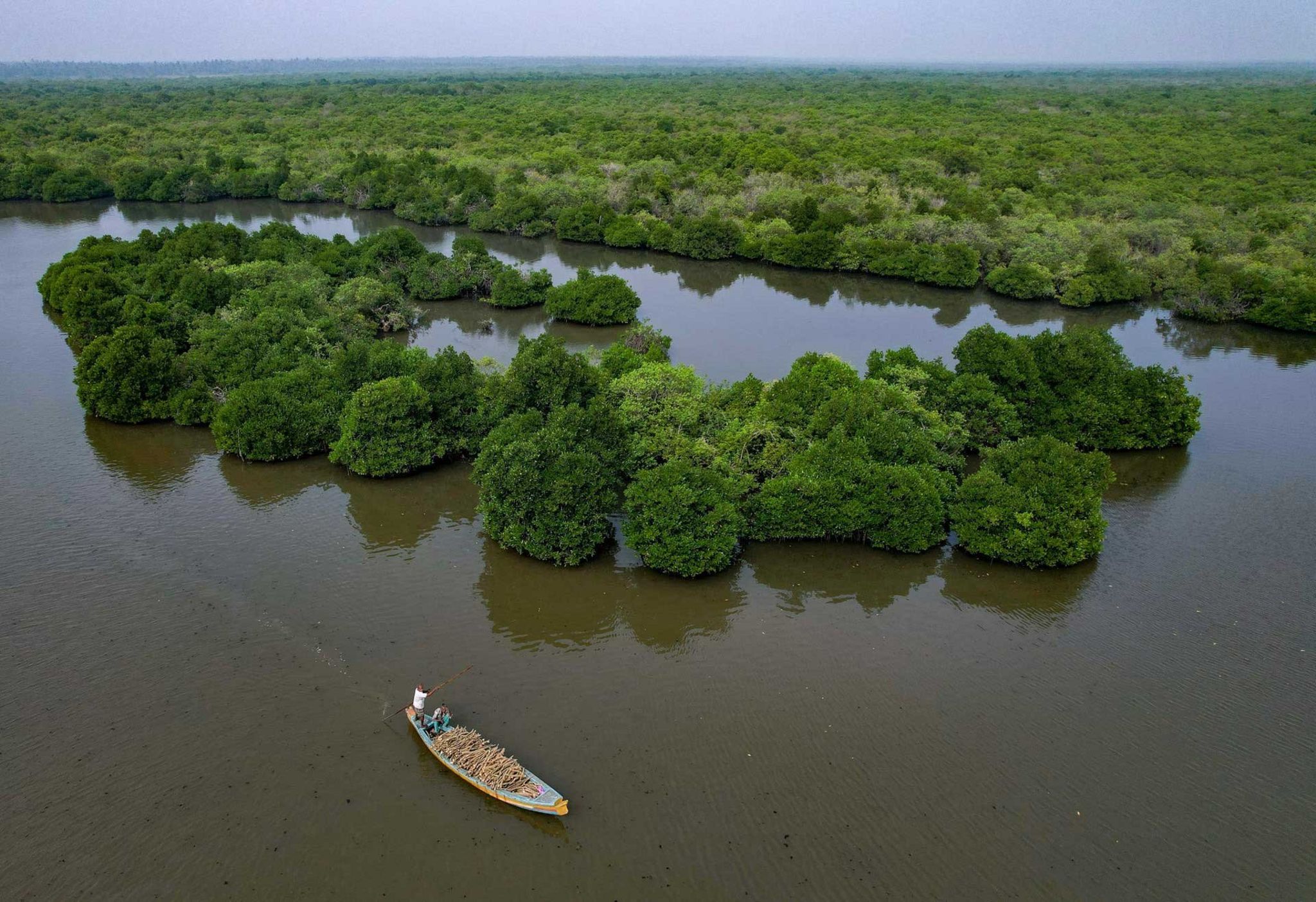
Entirely shot from a drone, the photographer zooms out from the mangrove forests of coastal Andhra Pradesh, to capture the magnitude of the threats this unique ecosystem is facing.
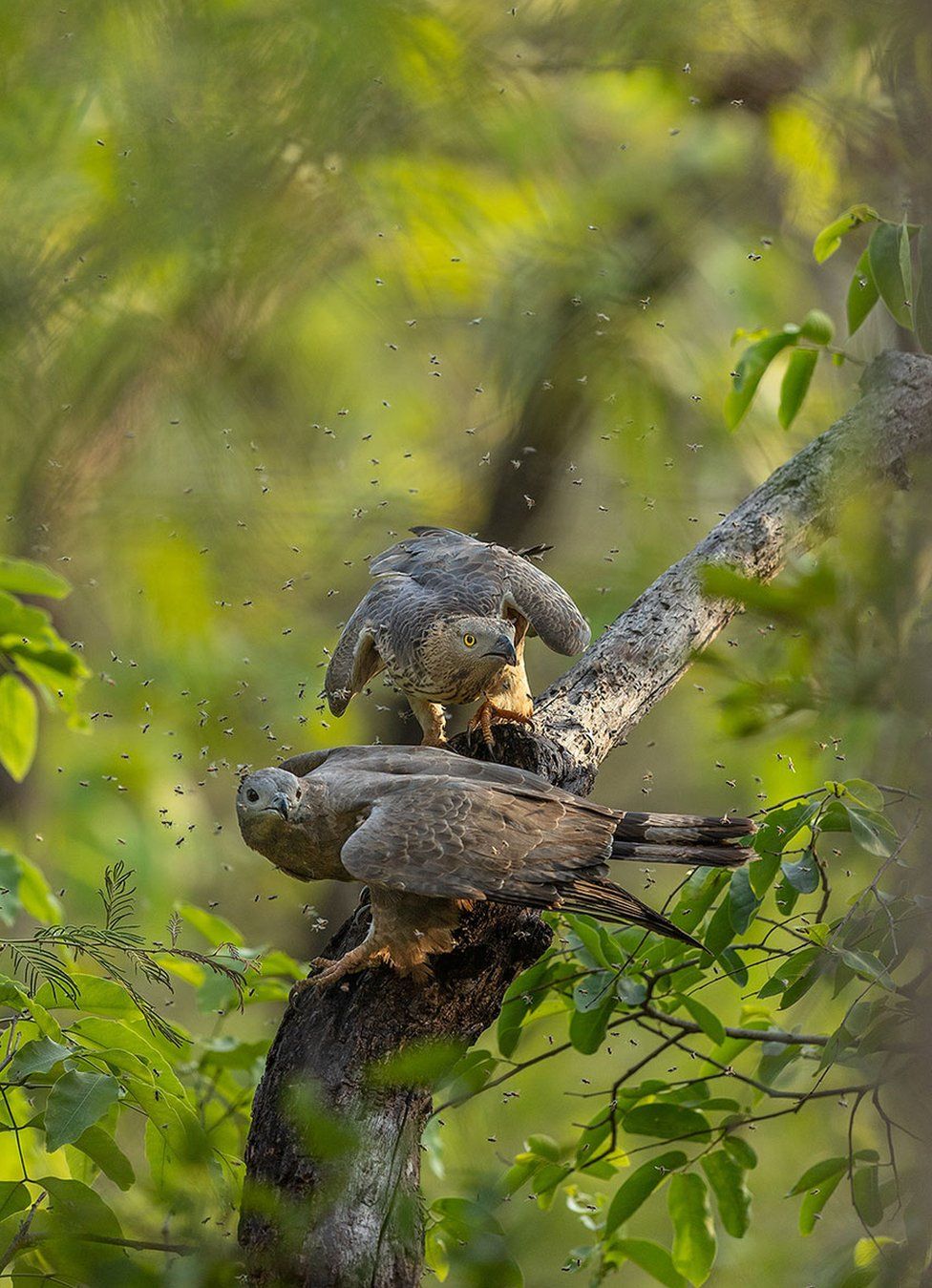
In the dense forests of Satpura National Park, Madhya Pradesh, India, a pair of Oriental Honey Buzzards raid a beehive.
Pranav Mahendru embarked on his journey as a wildlife photographer from a young age, driven by a deep fondness for nature and wildlife.
Hunga Tonga–Hunga Haʻapai (listen (help·info)) is a submarine volcano in the South Pacific located about 30 km (19 mi) south of the submarine volcano of Fonuafoʻou and 65 km (40 mi) north of Tongatapu, Tonga’s main island. It is part of the highly active Kermadec-Tonga subduction zone and its associated volcanic arc, which extends from New Zealand north-northeast to Fiji, and is formed by the subduction of the Pacific Plate under the Indo-Australian Plate. It lies about 100 km (62 mi) above a very active seismic zone.
Its most recent eruption in January 2022 generated a tsunami that reached as far as the coasts of Japan and of the Americas and a volcanic plume that reached 58 km (36 mi) into the mesosphere. As of May 2022 the eruption is the largest volcanic eruption in the 21st century. Hunga Tonga–Hunga Haʻapai likely had a previous major explosive eruption in the late 11th or early 12th century (possibly in 1108). Several known historical eruptions occurred in 1912, 1937, 1988, 2009, 2014–15 and 2021–22.